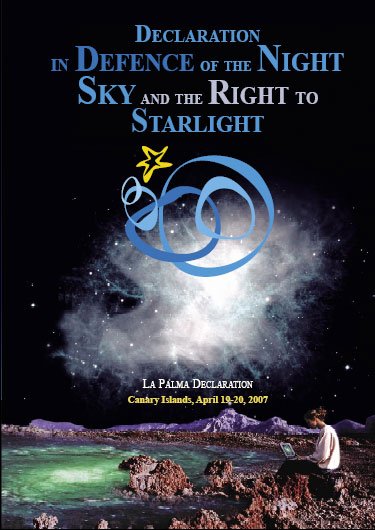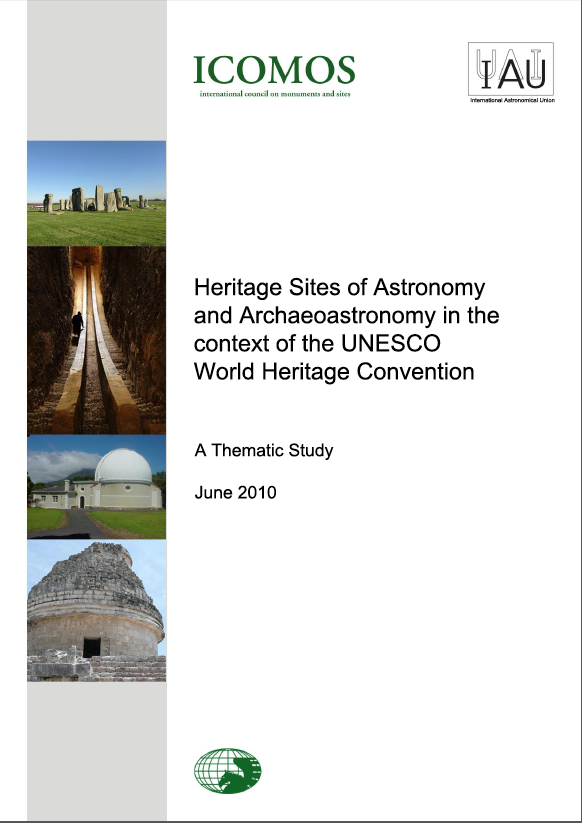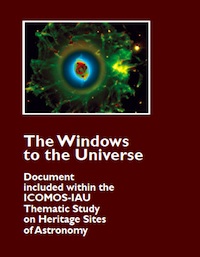Windows to the Universe
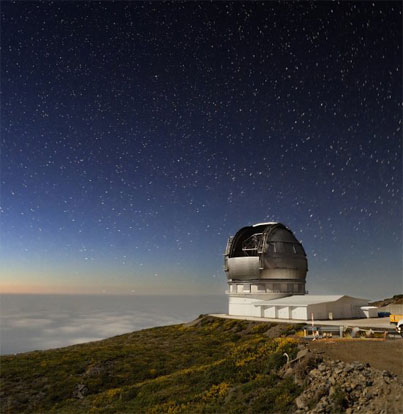
The scientific dimension of a starry night is an essential part of the legacy of the sky. The ability of the planet’s astronomical sites and observatories to detect and interpret data from outside the world we live in should be considered as a resource of extraordinary value for the progress of knowledge, as it has been throughout history. Dark skies are still the windows to our knowledge of the greater Universe. Unfortunately current areas devoted to astronomical observation do not enjoy appropriate recognition.Ground-based observatories have historically provided the vast majority of our knowledge of outer space. However, present technical and scientific requirements restrict suitable areas to very specific and limited locations offering good conditions for the development of astronomy, of optical and infrared astronomy in particular.
There are only a few places on the planet where we find this unique combination of environmental and natural circumstances: well conserved spaces with very little alteration to natural starlight.
These exceptional sites, including their natural components, can be considered as “landscapes of science and knowledge”. As we would have expected, the world’s largest contemporary observatories, true scientific monuments, are located in these places and are, to a greater or lesser extent, historical sources of native astronomical culture. The case of Hawaii, the Canaries and northern Chile are for an ensemble of discrete sites that, within this context, have outstanding universal significance as a group.
Selection of exceptional observing sites

Case studies ICOMOS-IAU Thematic Study
This is the first Thematic Study in any field of science heritage. It is elaborated using examples of properties, including some already on the World Heritage List or national Tentative Lists.
The ICOMOS-IAU Global Thematic Study on Astronomical Heritage was presented to UNESCO’s World Heritage Committee at its meeting in Brasilia at the end of July 2010. Its endorsement by the meeting means that it may be used as the basis for developing specific guidelines for UNESCO member states on the inscription of astronomical properties.
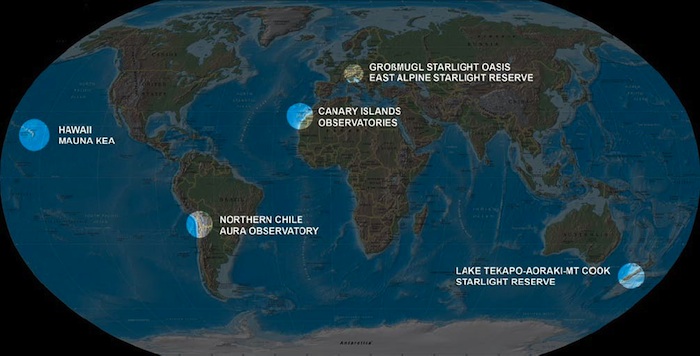
| < Prev | Next > |
|---|
LOOKING FOR SOMETHING?

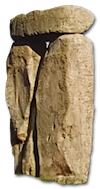
Starlight Initiative collaborates with the
PORTAL TO THE HERITAGE OF ASTRONOMYUpdates
- New Brochure of UNESCO`s MAB Programme partnership
- Galicia adopts the Starlight Declaration
- Starlight at the 39th session of the World Heritage Committee
- International declaration warning about the effects of blue-rich white light
- Flyer - Starlight Initiative in partnership with the UNESCO MAB Programme
- Astronomical Heritage - Hawaii 2015
- 2015 International Year of Light
- Montsec - Starlight Destination and Reserve
Starlight Finder
Starlight related links
![]()
Covenant of Mayors Related Initiative
![]()
Colaborating with IAU Working Group
![]()
IUCN Dark Sky Advisory Group
![]()
Dark Skies Awareness Project
![]()
Partnership Unesco-MaB
![]()
Member of the Knowledge Network
![]()
Instituto de Astrofísica de Canarias
|
The Starlight Initiative is designed as an international action in defence of the values associated with the night sky and the general right to observe the stars. It is open to the participation of all scientific, cultural, environmental, and citizens' organizations... |
In partnership with: |
|
|
|
